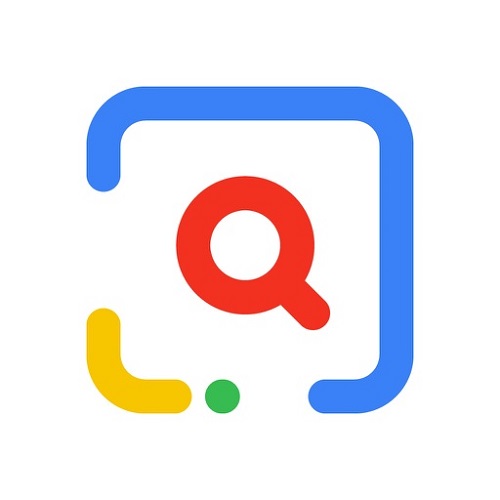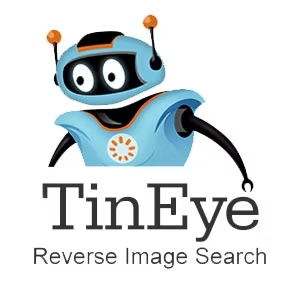Have you ever heard the phrase “time is money”? Well, for digital content creators, having to search through millions and millions of images on the web every day is becoming more and more expensive.
This is the case of journalists or copyrighters, who must look for a cover photo and two or three illustrative images per article and then must download and edit them if they realize that one of them is not the size or resolution requested by their website template. Imagine how many more articles they could write and money they woul make a month if they could simplify every search and find the image they are looking for in the size and resolution they need.
Another case is that of designers or video editors, who every time they want to include an image in their projects, they must find out if it is protected by copyright to know if they can publish or modify it. Imagine the money they would save if they had a tool with which they could know the first source of an image to make sure that it could be used and thus avoid future demonetizations due to copyright claims.

The same thing happens with advertisers and marketing managers, who every time they need to evaluate the success of a campaign they need to search and record the times that it has been shared on the network. Imagine the time and money they could save if they could get the results with just one search.
For this reason, more and more people use image search APIs, because they realize that, although some of them are paid, they are well worth the time they save searching images on the web.
These APIs use a reference image to find all the images that resemble it. This way you can easily search the source of that image, count how many times it has been published or find the same photo in different sizes and resolutions.
Lately, more and more APIs dedicated to this activity are coming onto the market. Here we present four of the most used options in 2022
The simplicity of the Reverse Image Search API, which even a novice user can use, immediately catches your attention. However, the user will find increasingly sophisticated capabilities as they utilize it to refine queries.
search engine, this program will detect it and offer search results with all the images that are comparable to it. The Reverse Image Search API can be applied for many different things thanks to this straightforward mechanism.
Obtaining various size and resolution alternatives for the same image would be the easiest method. This saves us the time it would take to modify the desired photographs to make them compatible with the WordPress layouts or themes.
It is not surprising that TinyEye is one of the most used online resources for conducting reverse image searches. Those who finally find themselves in need of a quick picture search can quickly find a solution thanks to its simplicity and speed.
By using the TinyEye business plan, you may also be able to automate the search so that you are informed if the company’s photographs are being used without permission.
ScraperAPI is a great option for developers that need to search through Google, Amazon, and other prominent websites for photos because of its high reliability, global geotargeting capabilities, and adjustable pricing.
Additionally, it can be used to extract data from a website or application that makes extensive use of multimedia and convert that data into HTML, JPEG, or plain text.
Like many other automated search tools, ScraperAPI offers various plans based on the quantity of calls, but what makes this tool particularly intriguing is the possibility to create a custom plan and just pay for the quantity of calls and concurrent threads.
Microsoft’s strategy for breaking into the picture search API industry is Bing Visual Search. When it was first introduced in March 2014, it only served as a website for reverse image searches.
Those who operate in the marketing fields can use this tool to search for various images to learn about their various web sources. Knowing if the rival is already utilizing a comparable image is really helpful.
The benefit of Bing Visual Search is that it has a mobile application that can be utilized from a smartphone since 2016. However, it only works with Apple products.
There are numerous other choices, but by starting with the ones stated above, you may get a sense of how much simpler image search can be by integrating a reverse image search API into your routine activities. Selecting one and starting to examine its features would be the next step.





